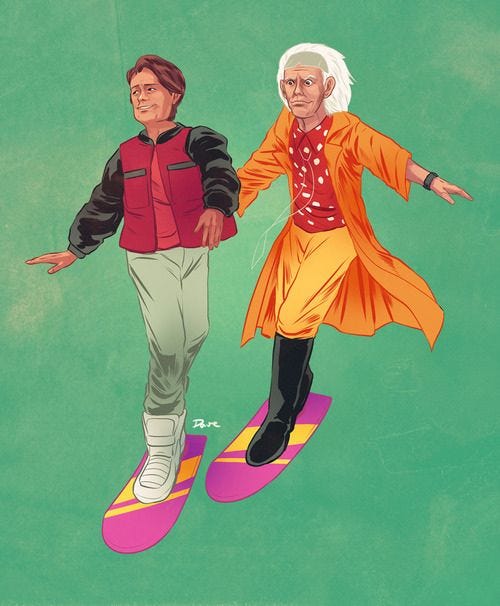ADHD in Pop Culture: Representations and Misconceptions

Attention Deficit Hyperactivity Disorder (ADHD) is a neurological condition that affects millions of people worldwide. Despite being a relatively common condition, there are still many misconceptions and stereotypes surrounding ADHD. One place where these stereotypes can be found is in popular culture, where ADHD is often misrepresented or ignored altogether.
In movies and television shows, characters with ADHD are often portrayed as hyperactive, disorganized, and even dangerous. However, these portrayals are often exaggerated and do not accurately reflect the experiences of people with ADHD. In reality, ADHD can present itself in many different ways, and not everyone with the condition is hyperactive or impulsive.
A study published in the Journal of Attention Disorders found that 86% of TV shows that depicted a character with ADHD showed them engaging in negative behavior, such as being disruptive or failing in school. This type of representation perpetuates the stigma around ADHD and can make it harder for people with the condition to receive proper support and understanding.
On the other hand, there are some examples of pop culture that do accurately depict ADHD. For example, the character of Michael Scott in the TV show “The Office” is often cited as a realistic portrayal of someone with ADHD. He is impulsive, distractible, and has difficulty with time management, but is also creative, enthusiastic, and a natural leader.
Another example of positive representation is the movie “Deadpool”, where the titular character is portrayed as having ADHD. The movie shows how his ADHD contributes to his strengths as a superhero, such as his ability to think quickly and adapt to new situations.
- The history of ADHD in pop culture, including notable characters and portrayals in movies, television shows, and books.
- The impact that inaccurate and negative representation of ADHD can have on individuals with the condition, including stigma, discrimination, and lack of support.
- The ways in which ADHD is often sensationalized in pop culture, such as through exaggerated symptoms or unrealistic depictions of behavior.
- The role that accurate and positive representation can play in reducing stigma and promoting understanding of ADHD, both within pop culture and in wider society.
- Research and studies that have examined the portrayal of ADHD in pop culture, including their findings and implications.
- The challenges of accurately representing ADHD in pop culture, and the importance of consulting with individuals with the condition and experts in the field to ensure accurate and respectful depictions.
- The potential for pop culture to be a tool for advocacy and education around ADHD, including through the creation of accurate and informative media content.
Overall, it is important to recognize the impact that pop culture can have on our understanding of ADHD. While there are many misconceptions and stereotypes in popular media, there are also examples of accurate and positive representation. By educating ourselves and challenging these stereotypes, we can work towards a better understanding of ADHD and create a more supportive and inclusive society.
